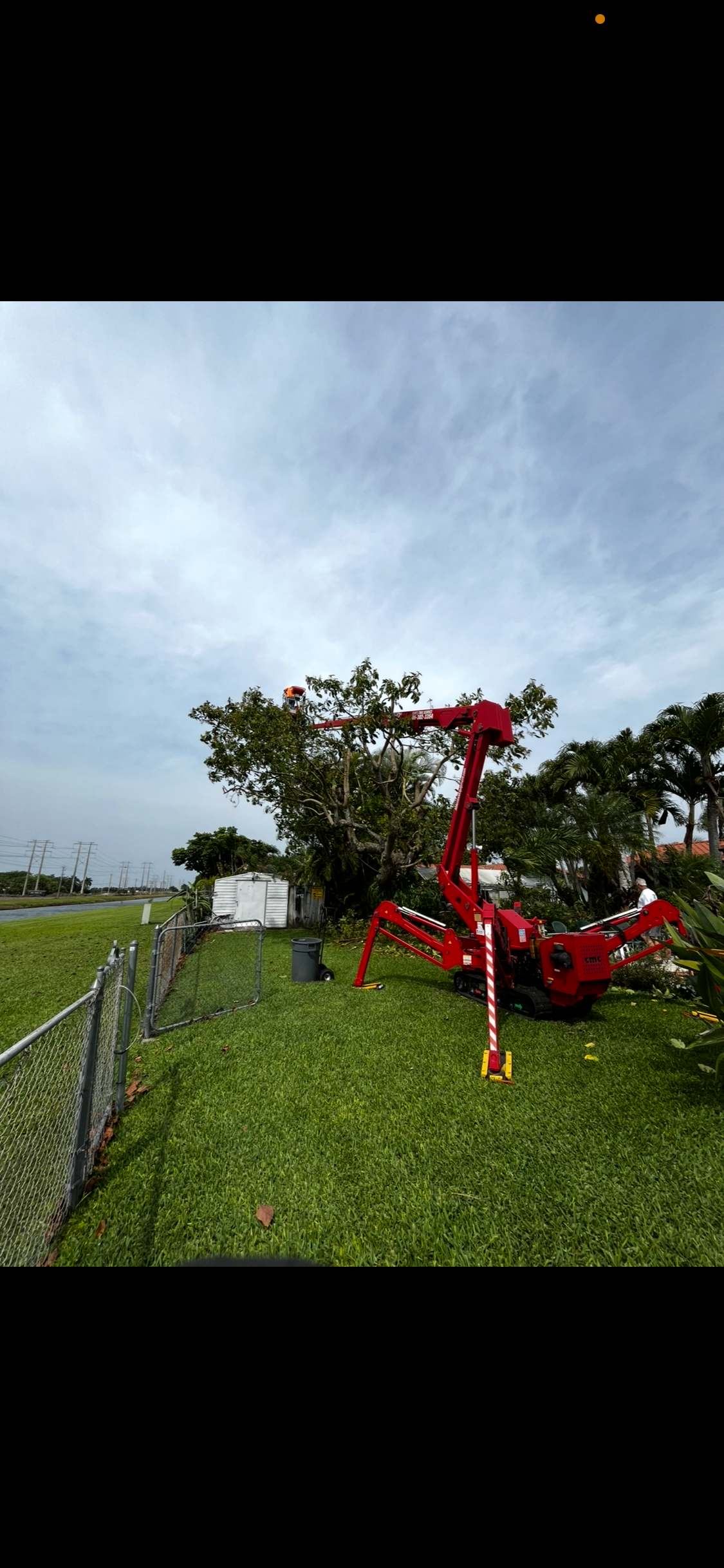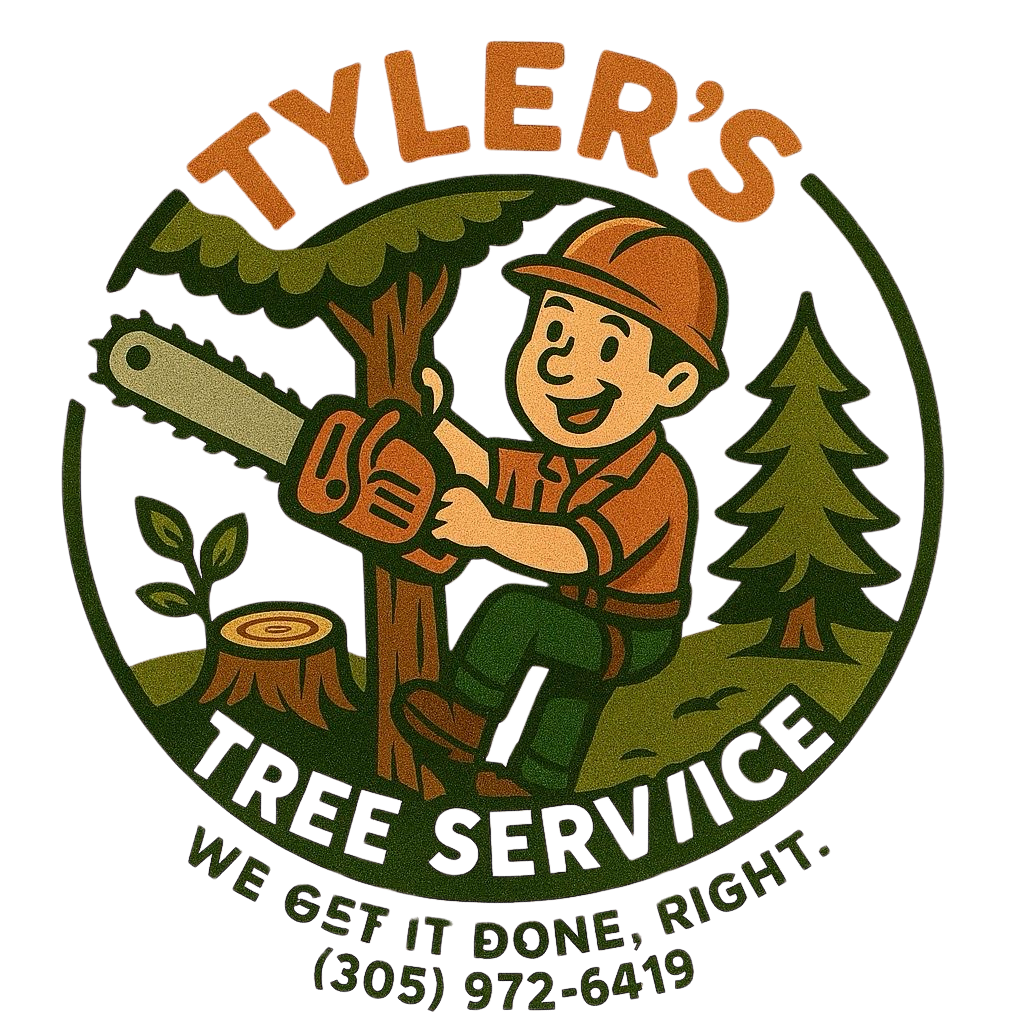Navigating Tree Removal Laws in Florida: What You Need to Know
Published on June 15, 2024

Florida's lush landscape is home to a diverse array of trees, many of which are protected by state and local ordinances. Before undertaking any tree removal project on your property, it's crucial to understand the complex web of laws and regulations that govern tree removal in the Sunshine State. Failing to comply can result in hefty fines and legal repercussions.
Florida's Tree Protection Act (SB 1402)
One of the most significant pieces of legislation is Florida Statute 163.045, often referred to as the "Tree Protection Act" or "Right to Trim" law (SB 1402). This law, enacted in 2019, limits the ability of local governments to regulate the removal of trees on residential property if the tree poses a "danger to persons or property."
Specifically, it states that a local government may not require a notice, application, approval, permit, fee, or mitigation for the trimming, removal, or harvesting of a tree on residential property if the property owner obtains documentation from an arborist certified by the International Society of Arboriculture (ISA) or a landscape architect licensed in Florida that the tree presents a danger to persons or property.
While this law provides some flexibility for homeowners, it's not a blanket permission to remove any tree. The "danger" must be legitimate and documented by a qualified professional. It's always best to consult with a professional tree service like Tyler's Tree Service, who can help you navigate these regulations and provide the necessary documentation.
Local Ordinances and Permits
Despite the state law, many Florida cities and counties still have their own tree ordinances that may require permits for tree removal, especially for certain species, trees of a specific size, or trees on commercial properties. These local laws often aim to protect heritage trees, native species, or trees that contribute significantly to the urban canopy.
Common reasons local permits might be required include:
- Removal of healthy trees.
- Removal of trees in environmentally sensitive areas.
- Removal of trees on commercial or multi-family properties.
- Removal of protected or specimen trees (e.g., certain oaks, pines, or palms).
It's essential to check with your specific city or county's planning or environmental services department before any tree removal. For example, tree removal in Broward County might have different rules than in Homestead.
Emergency Tree Removal Exceptions
In cases of emergency, such as a tree posing an immediate threat to life or property due to a storm or sudden damage, some local ordinances allow for immediate removal without a prior permit. However, you are typically required to notify the local authorities within a certain timeframe (e.g., 24-72 hours) after the removal and provide documentation. Our emergency tree services are well-versed in these situations.
Why Hire a Professional?
Navigating tree removal laws can be daunting. Professional tree service companies like Tyler's Tree Service are knowledgeable about state and local regulations. We can help you:
- Assess the tree's condition and determine if it qualifies for removal under state law.
- Obtain necessary permits from your local municipality.
- Ensure safe and compliant tree removal.
- Handle debris removal and stump grinding after removal.
Don't risk fines or legal issues. Contact Tyler's Tree Service for expert advice and professional tree removal services that comply with all Florida laws and local ordinances.
